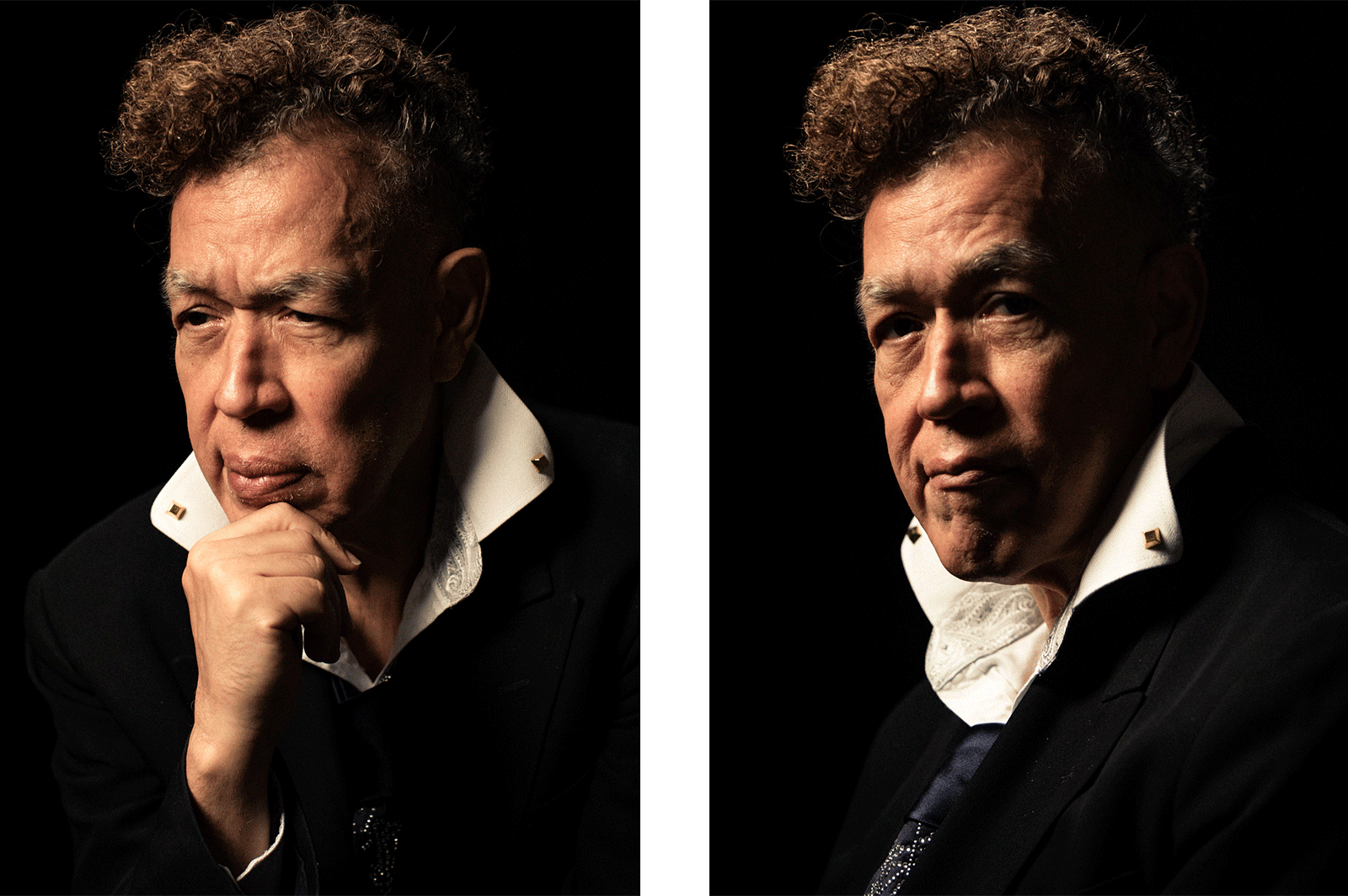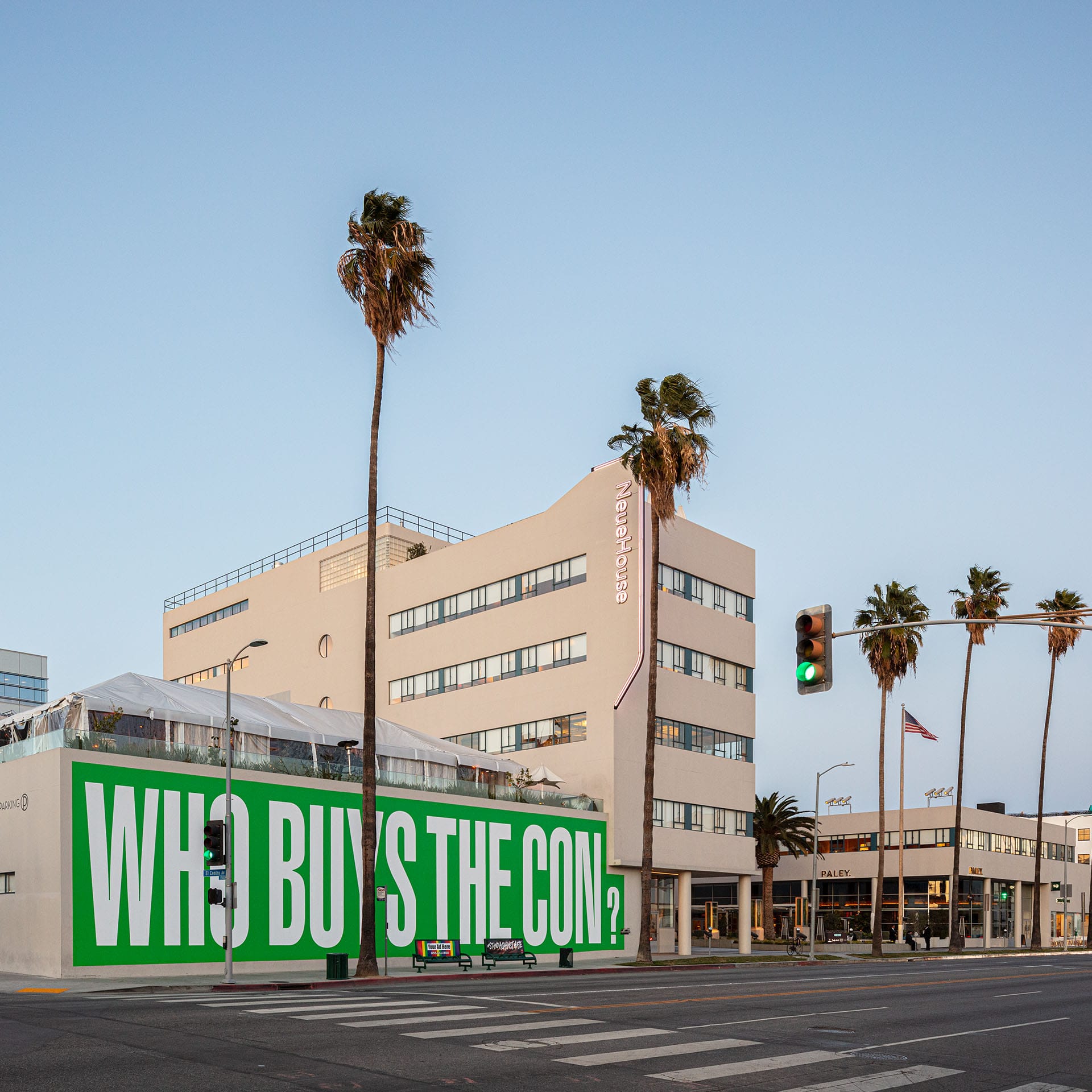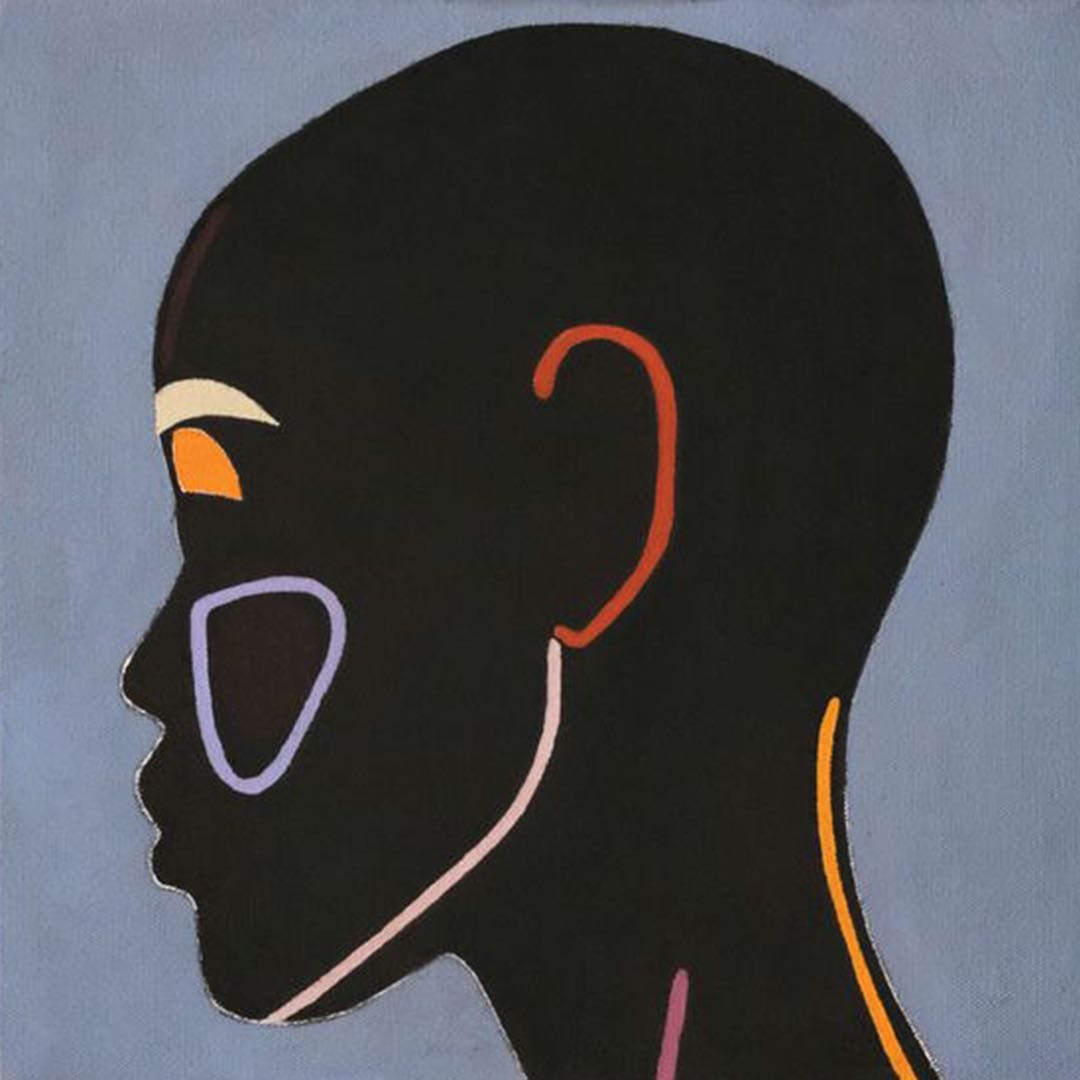NeueHouse is proud to partner with Fotografiska to present a preview of Infamous, an exhibition by artist Andres Serrano. Opening on September 24th at NeueHouse Hollywood, Infamous is a photographic exploration of the long history of deeply rooted racism in the United States.
Introduction
by Hamza Walker, Director of LAXART
American artist, Andres Serrano (b.1950) refers to his new body of work, titled Infamous, as a portrait of racism. Since the mid 1980s, charged subject matter has been the stock-in trade of his bold, color photographs. Ever since his defamatory use of religious iconography at the outset of his career, his name has been synonymous with controversy. Serrano is an unabashed image-maker, photographing people, places and things from which most of us would rather turn away, whether out of shame, disgust or outright offense. His subjects are the resolute embodiment of themes – death, sex, religion, torture, white supremacy – that stir personal and social convictions.
Infamous features photographs of race-based and racist memorabilia the artist has purchased in 2019. Some, such as a Malcolm X air freshener, are trivial, while others—a photograph of a Nazi era Opera Box banner emblazoned with a swastika–remain radioactive. Although discrete, the themes constituting Serrano’s bodies of work are never pre-determined. He moves from one theme to the next organically as was the case for Infamous, which grew out of a previous project comprised exclusively of Trump memorabilia. It was while scouring the web for Trump paraphernalia that Serrano took note of the bourgeoning market for all manner of race-based and racist documents and commercial items. He began to collect for the purpose of photographing them, the goal, as with most of his pictures, being not merely to show but to confront viewers with a subject requiring moral vigilance.
As expressions of racism manifest in material culture, the lion’s share of the objects photographed for Infamous are “contemptible collectibles.” They are the products of white supremacy in its symbolic, spectacular and quotidian forms whether it’s a Klansman’s hood, a death camp photograph, or a set of fishing lures adorned with the miniature heads of blackface characters. While most of the items date from between 1880 and 1950, they are bookended by an 1822 receipt for the sale of a young slave and a 1994 toy figurine of Malcolm X. While these points suggest a narrative of socio-political progress from slavery to a post-Civil Rights present, a more trenchant trajectory involves the transformation of the blackface stereotype from the rural, happy-go-lucky servant depicted on, say, the Cotton Picking Gin label, to the urban, black male predator featured on the Caswell brand shooting target from the 1970s. In any case, the breadth of materials illustrates the height of white supremacy’s horrors to the depths of its pervasiveness.
This begs the question to what extent white supremacy is sewn into the socio-political fabric, a question further prompted by the photographs Old Glory I, II and Flag Face, and the resonance those images share with the nearby photographs of Nazi and Klan regalia. While Serrano is none to shy in deploying such hyperbole, in this instance it is offset by photographs of postcards and canned goods, sheet music and rag dolls, a box of nails and a bottle of gin, all reminders of blackface’s journey from stage and screen entertainment to its wholesale proliferation in the form and package design of countless everyday products. And while we want to relegate them to the dustbin of history come again as eBay, we need only look to the recent mea culpa’s issued by Prada and Gucci to realize those products still have purchase on our present.
"Art should provoke people to think if nothing else. Even when I'm not trying to provoke you, I want you to respond." —Andres Serrano



